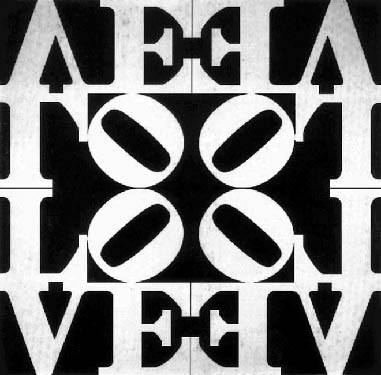Founder, CEO Behance
Scott Belsky doesn't exactly advertise that he's the grandson of test-prep king Stanley Kaplan, but he has a lot in common with the man who launched a $4 billion industry by tutoring immigrants for the SAT. "He always used this term 'meritocracy,' " Belsky recalls. "He was always hoping the smartest people would go to college rather than the people who had the connections and wealth."
Belsky's own mission is to help the most creative talent get the attention their work merits, regardless of their résumés. His Behance is a Web-based platform that allows everyone from a graphic designer in Poland to a makeup artist in Iowa to compete for the site's best real estate, based purely on peers' judgments of their work. A light-graffiti team in Cologne, Germany, was discovered on Behance by an ad agency for Sprint. A New York photographer and an Indian illustrator found each other and collaborated on a stunning image that Kanye West posted on his Web site.
Belsky's ultimate ambition is to make Behance the "epicenter of the creative world." The 30-year-old, who seems to subsist on half-eaten Clif bars, has launched sister sites from typography to fashion and this spring published a book, Making Ideas Happen. MTV, the professional design organization AIGA, and LinkedIn have partnered with Behance to use the platform for its members' portfolios. Behance has also attracted recruiters for such companies as Disney and Apple. "It's not just a bunch of people who went to ad school," says Sheila Larkin, senior creative recruitment manager for digital agency R/GA. "The diversity of talent on this Web site is a big plus."
Belsky is not only organizing the world's talent, he's also helping the talent get organized. "Our customers are the most creative people in the world. They don't need our help generating ideas," he says. "They need our help executing their ideas." In 2006, after four years at Goldman Sachs -- and hearing friends talk about startups they never hatched -- Belsky began to wonder why most ideas die during execution. Determined to figure it out, he left Goldman to study under creativity expert Teresa Amabile at Harvard Business School. ("I got into Harvard despite really bad standardized-test scores," he admits.) In interviews with more than 200 highly productive creative people, he discovered that the one thing they share is a "bias toward action." So when he created Behance three years ago, he included a design-forward Web-, mobile-, and notebook-based project-management system called the Action Method. In the Moleskine-style journal, now sold in more than 400 Barnes & Noble stores, one-third of each page has a brightly colored "Action Steps" section, intended, says Belsky, "to make people uncomfortable with how much of their space is taken up by action."
"Creativity without any sort of boundaries is chaos," says Beth Comstock, chief marketing officer of GE, who introduced the system to her staff. "It's this fun meme that's starting to spread [within GE]. Every day I notice some-body new comes into a meeting with an Action book."
And every day, more creatives convert to Behance. Two years ago, Ryan Seaman, a 32-year-old graphic designer in San Diego, posted his work, hoping to network with other artists. "When I was contacted by Pacific Sunwear, I was shocked," he says. Since then, he's designed more than two dozen pieces of artwork for the company's T-shirts. "Showing that a major company trusts me enough to do designs for them has helped me get new jobs in other industries," says Seaman. "It all roots back to Behance. That's where it all started."
Behance is a company that designs organizational products and services based on research among productive creative people and teams. The Behance Network is an online portfolio platform for creative professionals across multiple industries, including photography, graphic design, illustration, and fashion. Organizations such as the AIGA, ADC, and MTV have partnered with the Behance Network to create galleries of creative work. The company has also been vocal on the topic of crowdsourcing.
















































